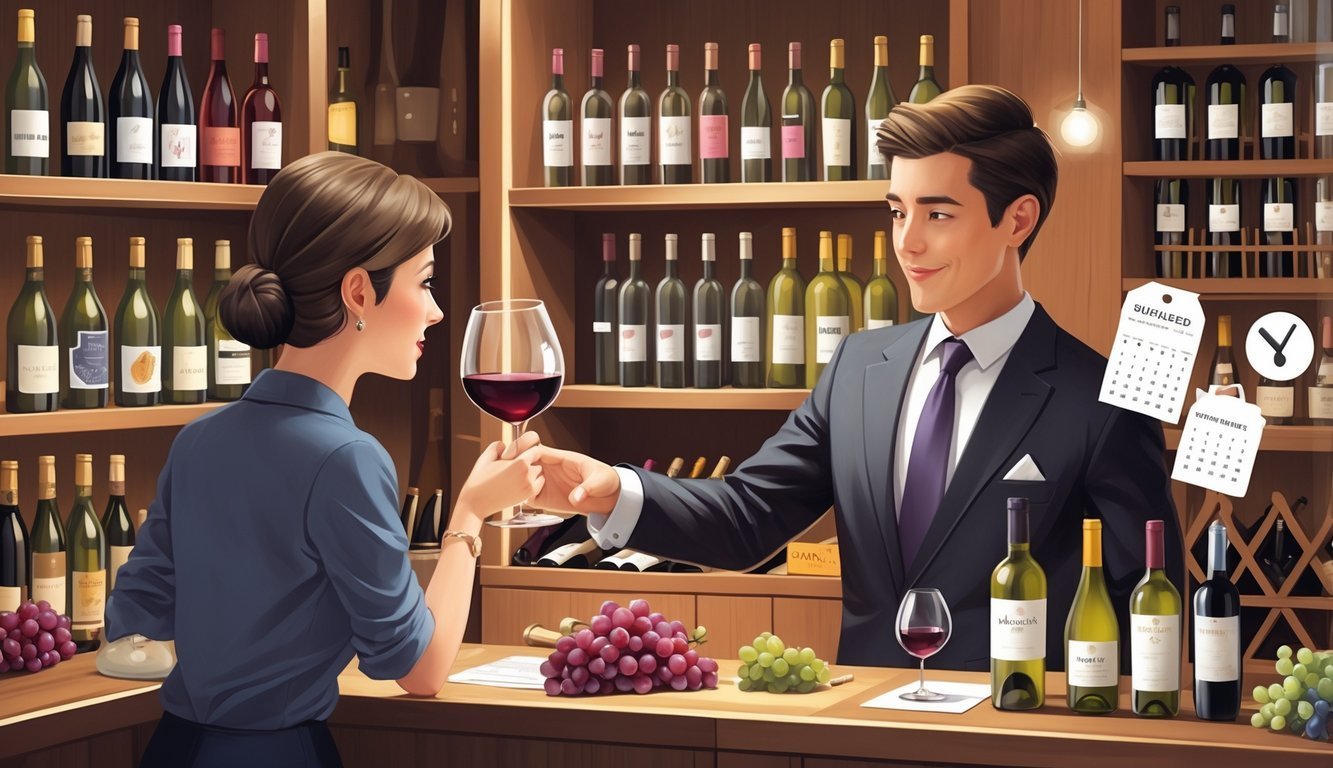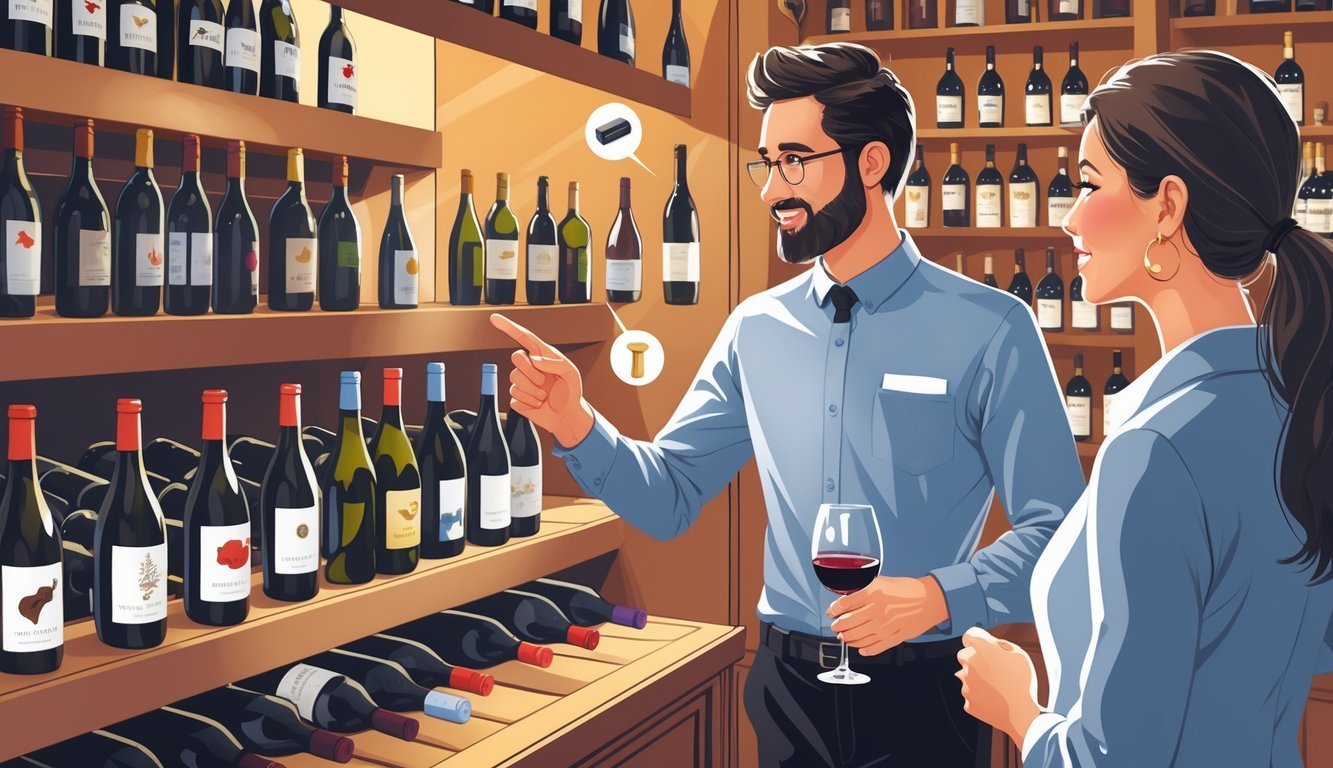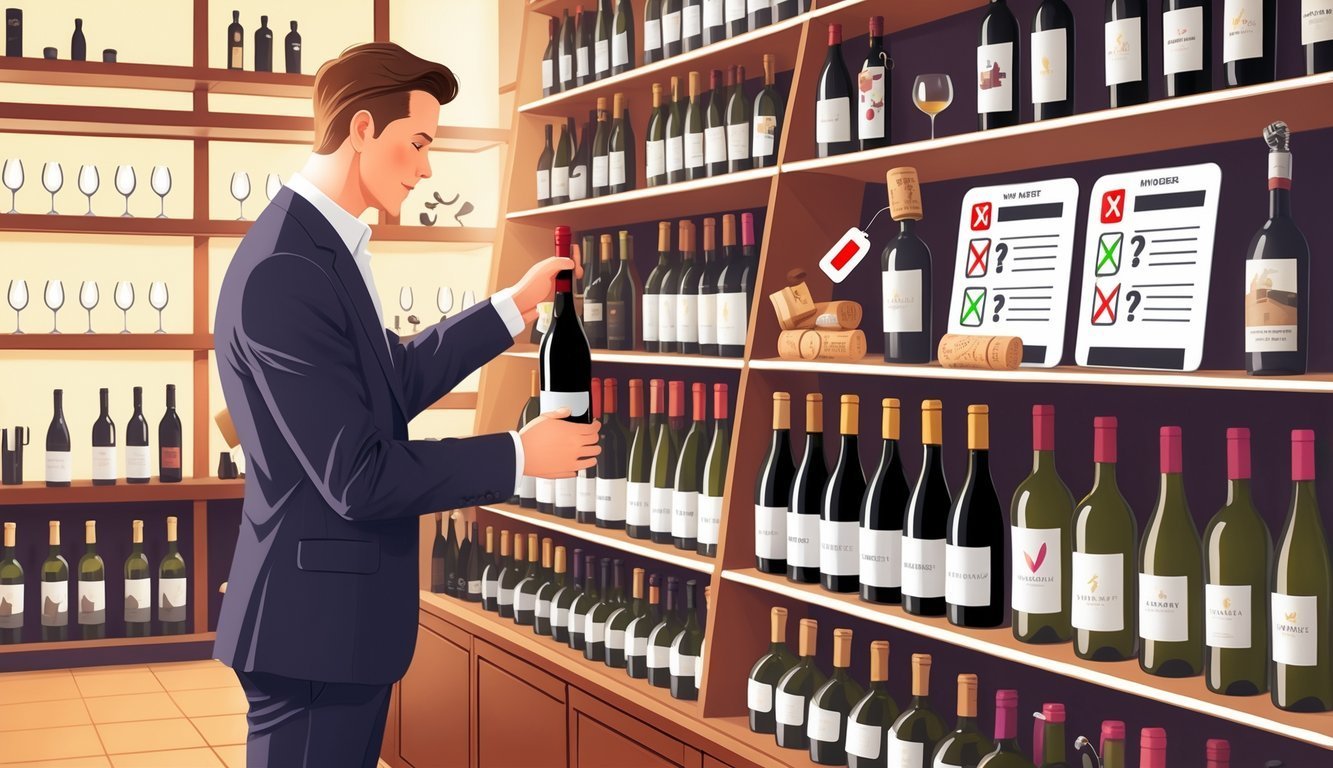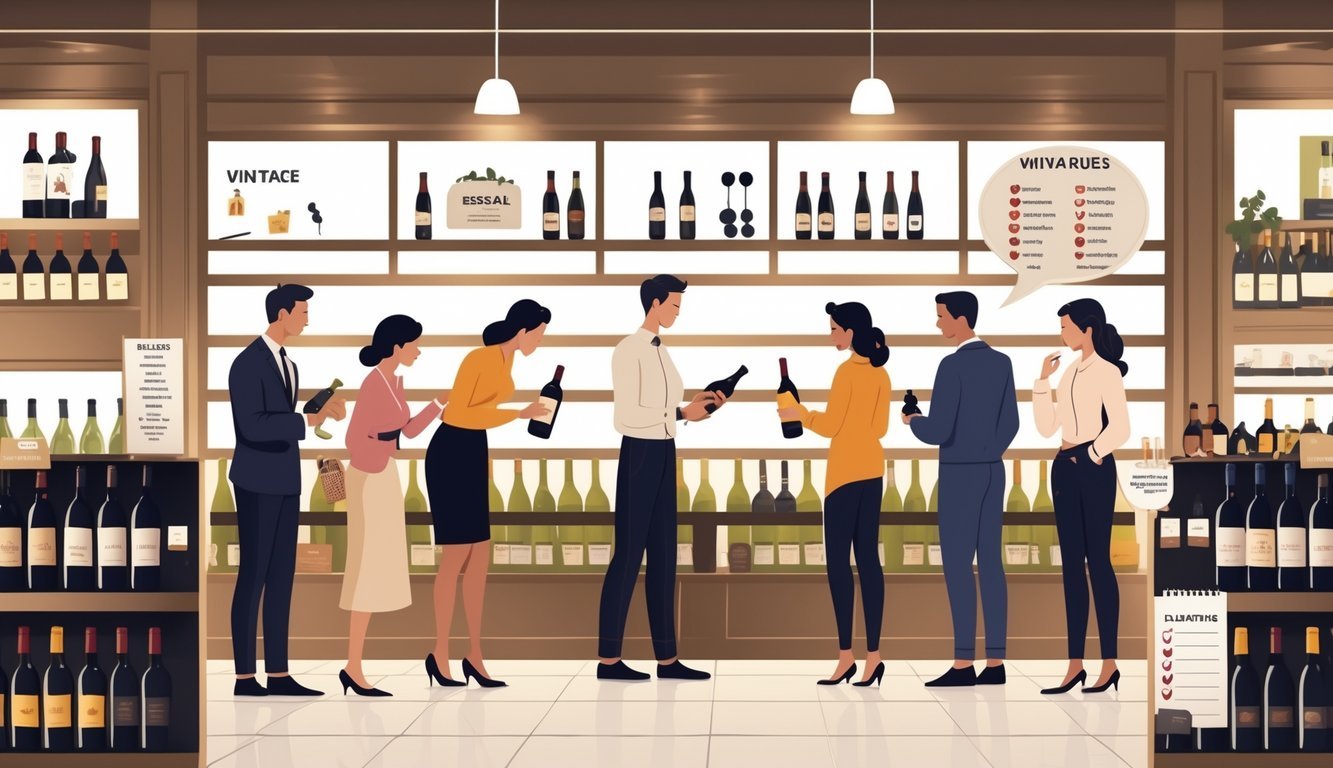PsychNewsDaily Publishers
100 Summit Drive
Burlington, MA, 01803
Telephone: (320) 349-2484
PsychNewsDaily Publishers
100 Summit Drive
Burlington, MA, 01803
Telephone: (320) 349-2484
Buying wine requires attention to price, food pairing, expert advice, and label reading to avoid common mistakes and enhance enjoyment. Proper storage and aging potential are also crucial.

Buying wine can get confusing fast, especially if you’re hoping to dodge the usual mistakes that leave you with a bottle you regret. If you pay attention to a few key things when picking wine, you’ll end up with bottles that actually fit your taste, your plans, and your wallet—with way less guesswork.
Let’s walk through how to skip those classic pitfalls and make shopping for wine a whole lot easier (and honestly, more fun).
A lot of people shop for wine based on price or flashy labels, but those don’t always lead to the best bottle. If you focus on simple things like food pairing, actually reading the label, and just asking for help, you’ll notice a big difference.
You’ll also see which habits you might want to ditch if you want wine that actually fits what you like.
When you pick up these tips, you’ll walk into any wine shop with a lot more confidence—whether you’re buying for a Tuesday night or a big celebration.
Making smarter choices saves you cash and, honestly, makes wine way more enjoyable.

When you shop for wine, you might focus just on price, skip over wine styles, ignore expert advice, or get lost in confusing labels. These common issues can make you walk out with a bottle you don’t even like.
Price doesn’t always equal quality in wine. Sometimes expensive bottles taste about the same as cheaper ones.
You’ll find bottles like J. Lohr that are great and don’t cost a fortune.
Don’t let the price tag make the decision for you. Think about the taste you want and what you’re eating.
For example, a simple Sauvignon Blanc might fit a casual lunch much better than a pricey Bordeaux.
Try wines in a few different price ranges. You’ll probably discover that mid-priced bottles often hit the sweet spot.
Your own enjoyment matters more than the number on the sticker.
A lot of folks just grab the big-name reds or the usual Chardonnays. But there’s so much more out there.
If you branch out, you might find something that just clicks for you.
A crisp Sauvignon Blanc can be perfect in the summer, while a bold red feels right when it’s cold out.
Check the wine list for something you haven’t tried before. You might surprise yourself and learn a thing or two.
Sommeliers and shop staff taste a ton of wine. They know what’s good and what fits your budget.
Ask them for help—they can suggest bottles you’d never think to try.
They’ll also explain how different wines pair with your meal.
Getting their advice helps you avoid picking a wine that’s too young or too old.
Their suggestions can really save you time and hassle.
Wine labels can get confusing if you’re not sure what you’re looking at. Words like “reserve,” “estate,” or even the region actually mean something.
For example, Bordeaux labels usually mention the appellation, so you know where the grapes grew.
If you’re into whites, look for “Chardonnay” or “Sauvignon Blanc” to get a sense of the flavor.
Pay attention to the vintage year too. Some wines are better young, while others need time.
Once you get the hang of reading labels, you’ll pick bottles that fit what you actually want.

If you want to get the most out of your wine purchases, think about how you store your wine, how much you’re buying, and whether the wine will get better with age.
Don’t forget about health stuff like allergens—nobody wants a headache or a reaction from a glass of wine.
If you care about how your wine tastes, storage matters. Leaving bottles in a warm room or in sunlight can ruin the flavor fast.
Try to keep wine in a cool, dark spot, ideally around 55°F (13°C).
A wine fridge or a cellar works best. Lay bottles on their side so the cork doesn’t dry out.
Avoid big swings in temperature because that can mess with the flavor and tannins.
Buying a ton of wine at once seems tempting, but it can backfire if you don’t have space or a plan.
People end up with bottles gathering dust or worse, going bad without proper storage.
Buy only what you’ll drink soon or what you can store well. If you’re building a collection, start slow.
Add bottles bit by bit so you don’t waste money or lose good wine.
Some wines get better with age, but a lot are made to drink right away.
If you grab a Bordeaux or Rioja with aging potential, make sure you’re ready to store it for a while.
Wines with higher tannins and acidity usually age well. But not every bottle benefits from sitting around.
Check if the wine should be aged or enjoyed now. Drinking it at the wrong time can be a letdown.
Wines often have sulfites and histamines, which can bother some people.
If you or your friends have allergies, check the label or ask the shop staff about these.
Some wines use additives that might cause headaches or reactions. If you know what to look for, you can pick bottles that fit your needs.
Paying attention to how your body reacts means you’ll have a better time with your wine.

Choosing wine is all about finding the right balance between price, quality, and your personal taste.
If you pay attention to labels, vintage, and storage, you’ll avoid a lot of mistakes.
Figure out your budget before you shop. Look for wines from lesser-known regions or producers if you want good value.
Don’t let the price tag alone sway you.
Check the bottle for damaged corks, leaks, or cloudy wine. If you can, ask how the wine was stored to avoid bottles ruined by heat or light.
Try wines from emerging regions or less common grape types.
Ask staff for recommendations—they usually know the hidden gems. Sales and discounts are also a good way to discover new favorites.
Check for the producer’s name and the wine region. A clear vintage year tells you when the grapes were picked.
Labels with tasting notes or certifications can help you judge quality, too.
Don’t get fooled by fancy packaging or big marketing claims. Compare prices online or at different shops.
Skip wines just because they have high scores or awards unless you know you’ll like the taste.
Some years just work out better for certain wine regions, mostly because of the weather. It’s worth checking out how good a particular vintage is in the area you’re interested in.
Older wines aren’t always the best pick. Honestly, the right choice depends on the type of wine and the style you prefer.